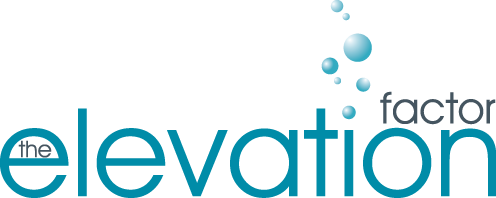So I have put together 10 useful steps to help you improve your content marketing in 2012, increase your brand awareness and kick-start your Social Media Marketing
- What are your business goals for 2012 and how is your marketing plan going to deliver on these goals. i.e. increase on-line sales by 25% may require a 50% increase in webtraffic. Make sure each goal is measurable so you can see how your marketing is performing.
- Who is your target audience?
Research your audience, ask them questions, research website traffic data, who are they? What are they reading? What are they talking about? What are their likes and dislikes? Think about the information they may be looking for. - What will be your messages?
What messages will you be aiming to put over with your content? Try and come up with one to three main messages each with one to five sub-messages. i.e. You as an expert but in three key business areas or Specialist producers with knowledge on unique products. - There are three different types of content marketing: Long-form - blog posts, articles and press releases — basically, anything longer than a couple of sentences. Short-form includes tweets, Facebook and LinkedIn status updates and graphics. Conversations and sharing includes participating in and driving conversations through blog commenting, link sharing and comments on videos.
You can stick to one of these forms of content marketing, or you can use all three. They are each effective on their own, but they are also powerful when used together. - Have an Editorial Calendar
An Editorial Calendar can help you plan what content you need, when it is required, deadlines and responsibilities. This is a fairly major undertaking, but you’ll be thankful for your hard work once it’s complete — and you’ll save time in the long-run. Not sure where to begin? Download my Content Marketing Editorial template. - Create a Content Bank.
You need to develop the content you are going to use. It needs to be unique and different. Go back to your key messages and subtly incorporate them into the content without overtly selling your product. Content marketing is about creating trust through education and information, not using traditional sales tactics. Look back on content you have created in the past can it be re-used? If you have difficulty producing content then look for some help from freelance copywriters. - Writing for the Web
Ensure you have a good place to put your content on the web i.e. your website or a blog (Wordpress or E-Blogger). When writing your content ensure it contains your relevant keywords. SEO plays a huge role so make sure you add tags and links to your posts. Research your keywords to ensure they will generate traffic for you. - Social Media - Spread the Word
As part of your editorial calendar, schedule in how you are going to publicise your content: Twitter, Facebook, Linkedin, e-newsletters, guest blogs and associate sites. Remember to pick the platform that is right for the message. Think of your audience - who are you talking to and tailor the message to them. If you are unsure how to use any of the platforms then attend one of my Social Media Workshop
Don't forget off-line too - you content maybe of interest to newspapers, journals and magazines.
Eloqua came out with a free ebook, The Grande Guide to B2B Content Marketing, a helpful read when it comes to content marketing. Plus, it’s useful for deciding which platforms you should employ and how to effectively use them. - Measuring your results
Always measure the effectiveness of your content, you can determine whether or not your plan needs to be altered, or whether it’s working in the first place. Keep an eye on pageviews, retweets, Likes, shares and so on. Anything your audience can take action on is something, you need to pay attention to. Figure out how well everything is working — or why it’s not working at all. - Have an evolving plan
If something isn’t working, change it up. Be sure to pay attention to results, and then use them to your advantage.
